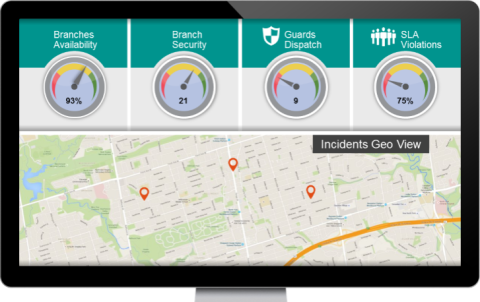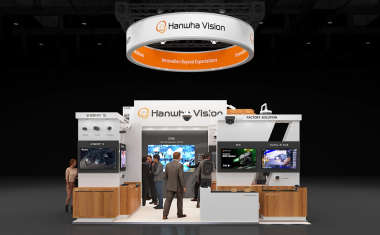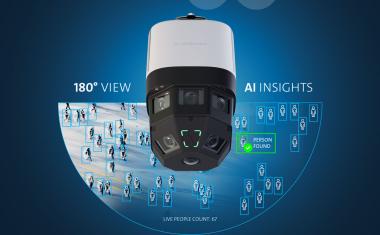Operation Intelligence Center (OIC) and Situator 8.0

Qognify announced the release of Situator 8.0 with the introduction of the new Operational Intelligence Center (OIC). The latest version of the PSIM and Situation Management solution provides a platform for leveraging the massive amounts of big data. The Situator captures, monitors, correlates data and turns them into actionable intelligence.
The Operational Intelligence Center, with its advanced rules engine, monitors large volumes of data and detects deviations in leading indicators, which are often precursors to incidents. This allows organizations to initiate a proactive response and mitigate the impact of problems. Additionally, the OIC introduces a new visualization engine, which greatly enhances situational awareness and ongoing operation management. Displaying any operational parameter, the visualization engine allows supervisors, executives and other stakeholders to customize dashboards based on their needs and their role, providing the right information to the right people in real time.
Situator’s OIC goes beyond just presenting business intelligence. Its powerful correlation engine and adaptive workflow capabilities, provide actionable intelligence: insight about what is happening or unfolding, together with the critical ‘what to do next’ guidance. This can be incredibly valuable, particularly when the cost of business disruption is measured in minutes by organizations such as airports, mass transit, critical facilities and even commercial entities such as banks. In the same way that the OIC proactively addresses unfolding incidents, it can also be used by an organization to improve performance of day-to-day operational activities.
“Our customers and partners were actively involved in the design and development of the Operational Intelligence Center,” said Moti Shabtai, President of Qognify. “They wanted a solution that would help them anticipate unfolding events and effectively manage them, in order to mitigate any impact. Additionally, they wanted to get a holistic view of what is happening in their organization on a day-to-day basis. Organizations can now align KPIs with their business objectives, allowing them to understand what needs to be changed or improved and how. They can then monitor results to gauge the efficacy of their actions, making adjustments for continual improvement along the way.”















